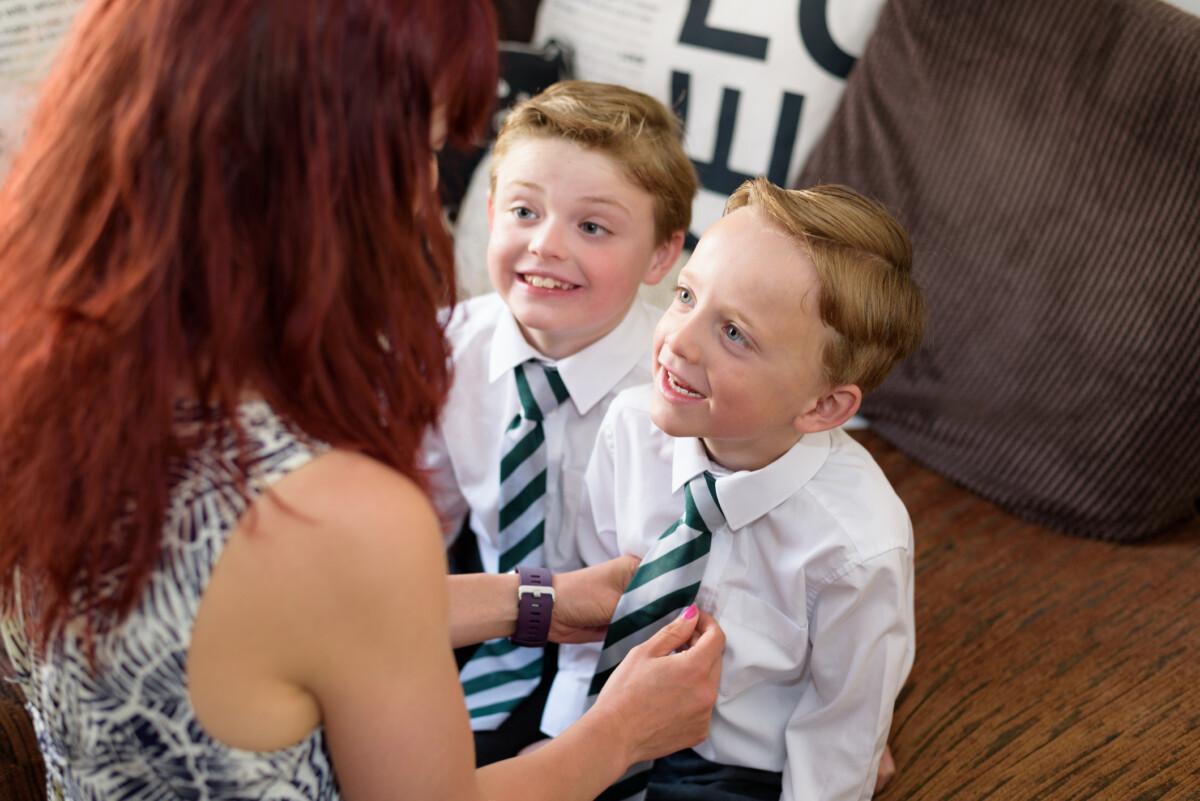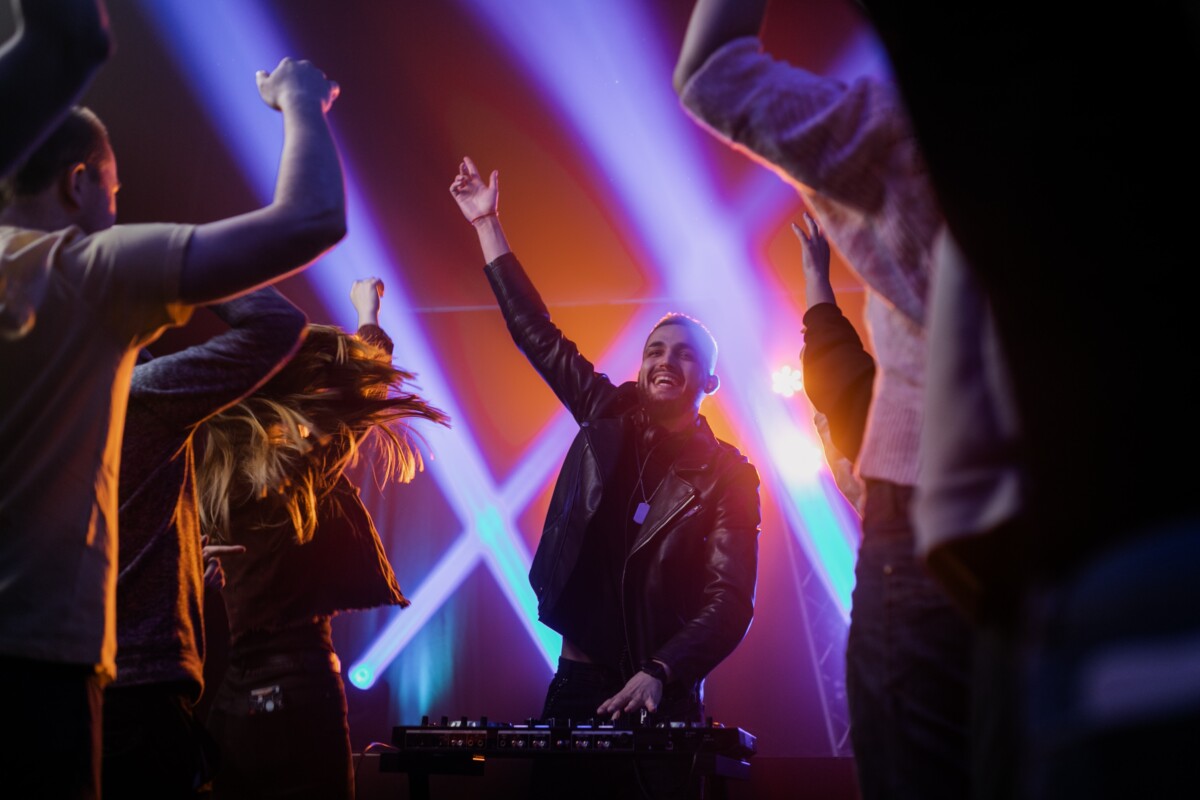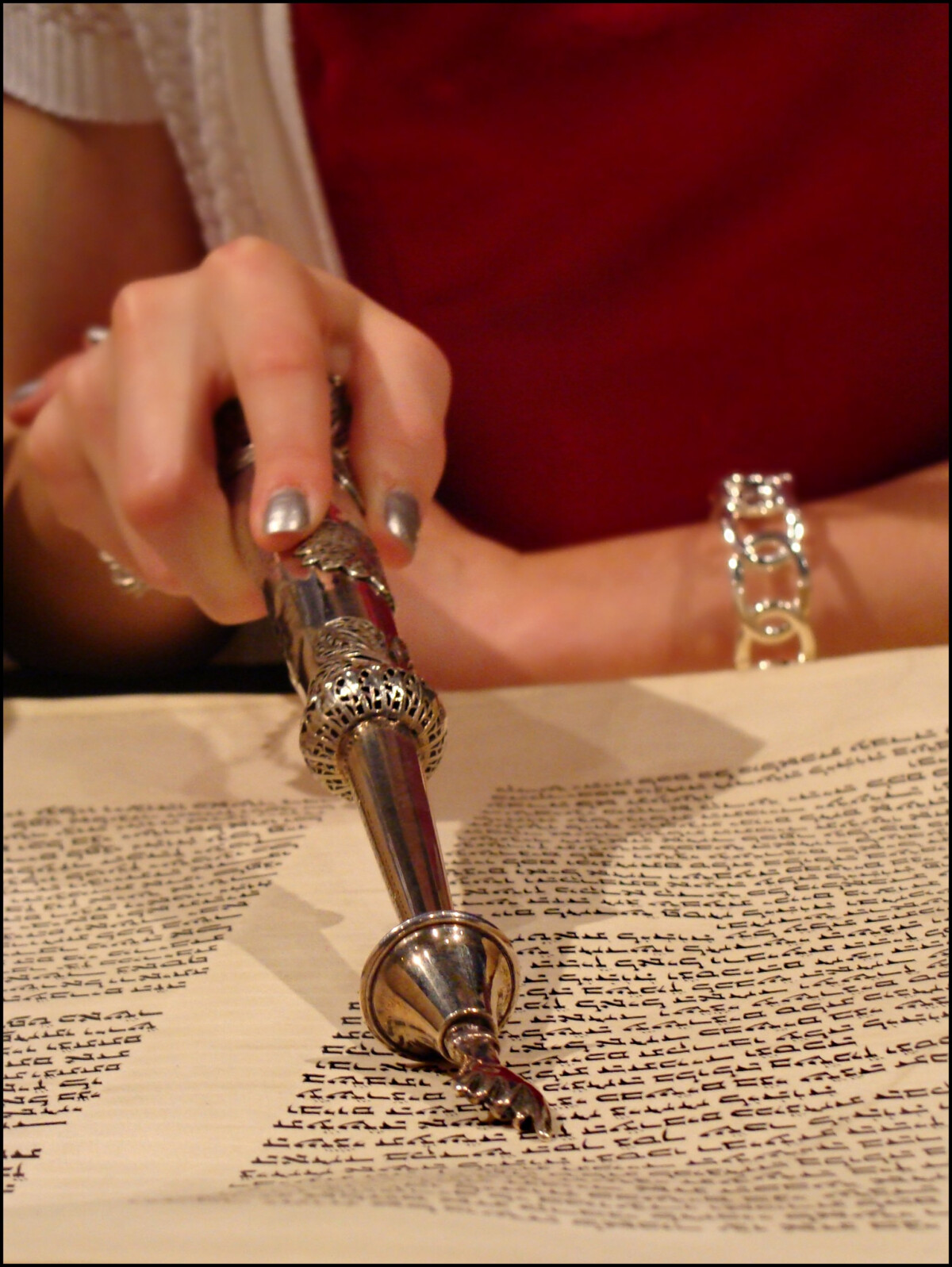
Going to a B’nei Mitzvah: A Guide for the Non-Jewish Guest
By Drew Kramer
By Paperless Post or letterpress, you have been chosen to bear witness as a child becomes an adult in the eyes of the Jewish people. If you are not Jewish and unfamiliar with the customs of the milestone, it can be an intimidating but meaningful experience to share. Below is an overview of everything you need to know to act as the Romans do on this joyous occasion celebrating life.
What is a B’nei Mitzvah?
The first recorded bar mitzvah occurred in 15th-century Europe. It was a simple coming-of-age celebration that honors the transition from childhood to adulthood, giving the youth the responsibility to live by the commandments and the right to participate in Jewish rituals as an adult congregation member. While the norms of the ceremony and celebrations differ between generations, sects of Judaism, and geographic regions, in modern American Jewish life, this life cycle celebration takes on certain norms.
What to Wear
Typically, the invitation will announce the formality of the occasion. While some parties are black tie affairs, most are casual events inviting guests to wear “cocktail attire.” Typically, men will wear a suit to temple. Women will wear long sleeves or a shawl to keep their shoulders covered while in the temple. For the party, depending on the event’s formality, women wear dresses and men can get away with khakis and dress shirts, or even jeans if the invitation calls for a more informal event. Some families opt for a kid-oriented affair at a sports space, which would make athleisure fair game. Keep an eye out for the cues on the invitation. For a deep dive on b’nei mitzvah fashion trends, we have a guide for that. Spoiler alert: get cool sneakers.
The Ceremony
A B’nei Mitzvah typically occurs during Saturday morning services but can also occur on Friday night. When you arrive at the synagogue to attend the ceremony, a man should take a yarmulke or kippah from the basket available in front of the sanctuary. Even if not Jewish, covering the head with a kippah is a non-denominational act of respect for God in a space of worship. Typically, the b’nei mitzvah family creates custom kippahs for the ceremony. Take it home with you as a keepsake of your experience.
As you make your way into the sanctuary, take an available seat with the congregation. Typically the front rows are reserved for close family. The rest of the seats are fair game.
As the ceremony begins, the clergy will call the b’nei mitzvah recipient and family to lead morning prayers. Together, they will open the arc, undress the scroll and present the Torah to the congregation. The b’nei mitzvah will publicly read the weekly Torah portions for the first time. There will be occasions to rise from your seat, or read together from the prayer books in front of you. The clergy will inform the congregation to rise and sit, but if confused, do as the Romans do. Maintain decorum, turning your cell phone to silent refraining from photography, texting, and conversation.
After the B’nei Mitzvah chants the prayers, the celebrant will give a speech that relates the meaning of the Torah portion and relates its teachings to the challenges and triumphs of youthful experience. It is in this speech that the b’nei mitzvah accepts the responsibilities of the covenant with God and expresses gratitude to the family, clergy and friends that share in the joy of this moment.
The Kiddish
Unless the celebration is immediately following the service, there is typically a Kiddish luncheon in the synagogue for congregation and family and friends to grab a bite. Expect a generous spread of bagels, lox and schmears, coffee and dessert.
The Party
After you’ve feasted at the Kiddish, hold your snacking because another meal is coming your way. Whether cocktail style or a seated dinner, you will leave stuffed. The good news is that no Jewish celebration is complete without dancing. Shake off the gluttony of the day by participating in the happiest dance on earth – The Hora. The Hora is a traditional dance at Jewish milestone events. Whether you want to clap in the back or get in on the action in the center of the circling, the Hora invites the entire room to clasp hands in a unified display of delight. Want a deep dive on the do’s and don’ts of the Hora. We have it here. Once the party is in full swing, prepare to leave full, happy and with a new wardrobe of swag that declares you partied hard at this b’nei mitzvah.
Final Thoughts
There are few moments in life that give cause to bring extended family and old and new friends together. No matter one’s faith, the b’nei mitzvah is a profound and emotionally charged event that celebrates the miracle of growth and the bittersweet joy that comes with age.


